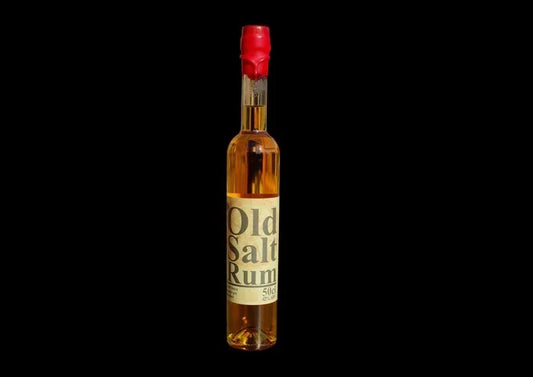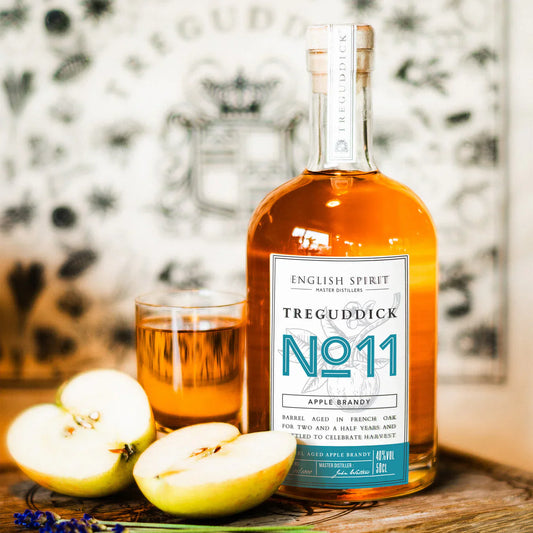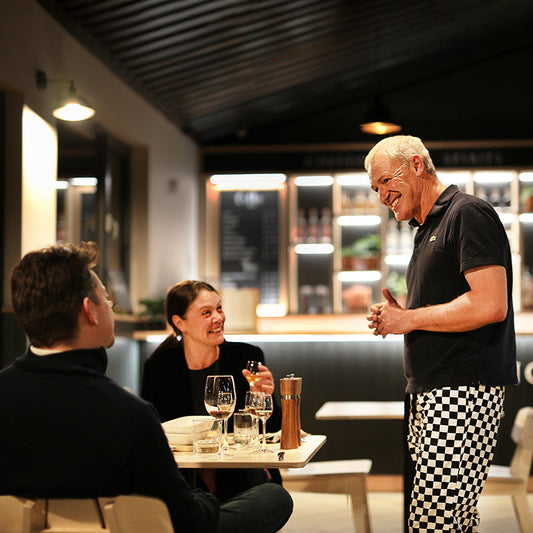We’ve waxed lyrical over the years of how our limongino is distinct from - and in our humble opinion - better than - limoncello.
As a refresher - and boy it is - we use the whole lemon. We blitzed them, but only the right lemons - those that have the exact ratio of mouthwateringly zingy flesh, dry crisp pith and super pepping flavourful zest.
This year we are celebrating our limongino alongside its previously small batch sibling - orangino! I am sure you can guess how we make that! I won’t bore you with reiteration, so I thought let’s to take a look at where lemons and oranges hail from!

The lemon is thought to have originated in Assam, the northeastern part of India, as well as in northern Burma and China. It's actually a hybrid between bitter orange and citron - these two also originate in Asia, where they have been cultivated and scoffed for centuries.
You are probably ahead of me in guessing they spread as the result of culinary, medicinal and trade efforts, initially into Persia (modern day Iran) and then into the Middle East. From here Arab traders hawked them across the Med’ and the Islamic conquest of the Iberian Peninsula (modern-day Spain and Portugal) in the 8th century. Chuck in a couple of hundred years of Crusades and by the 12th century lemons were cultivated in Genoa. This broadened during the Renaissance.
Global distribution, as with many plants, is accredited to Christopher Colombus who took lemon seeds to Hispaniola (modern day Haiti-Dominican Republic). Now they are pretty much grown all over - including my window kitchen sill!
As an aside - and just in case you were thinking what about lemonade? The earliest mention of lemonade dates back to ancient Egypt, around 1000 AD. Egyptians drank qatarmizat, made from lemons, dates and honey. But it really took off in Paris in the 17th century when it was sold from tanks strapped to sellers backs.
As for oranges, there are a lot of similarities. There are two big varieties: Citrus sinensis - sweet oranges - and Citrus aurantium - bitter oranges. Our best guess is they kicked off in South East Asia. Cultivation goes back several thousand years, as mentioned in ancient Chinese texts as far back as 2200 BCE. Their spread follows those of lemons.
A few notable points along the way to now, were that in the Renaissance, the aristocratic Medici family in Italy - known for their patronage of the arts and sciences, were influential in the spread of orange cultivation. Their popularised large greenhouses for their growth - Orangeries - and these became popular amongst the aristocracy across Europe!
The orange only made it onto Columbus' second voyage though! But quickly found its way to modern day Florida - where it is the symbol of the state! (Well actually it's orange blossom that’s the state flower (designated so in 1909)).
In Chinese culture, oranges are symbols of luck and prosperity - especially during the Lunar New Year!!
As we are edging towards pub quiz trivia… one medium orange contains about 70 mg of vit’ C, roughly 78% of your daily need! And discovered in Brazil in the early 19th Century was the Navel orange, named so because they contain a small second orange at their base, that looks a bit like a human navel! They are also seedless!
Enough of this, ‘must be thirsty by now. Here are some great serves for both:
Gimlet - 1 to 1 with Gin and lemonade!
Splash in to prosecco, smile and sip!
For the lemon a sprig of mint, basil or tarragon, soda water and ice and for the orange ginger and a little thyme, soda water and ice.
Or very simply chilled and a cube of ice. Always lovely, always summer no matter what the weather!!!
Cheers and a beautiful summer to you all,
Dr. J









